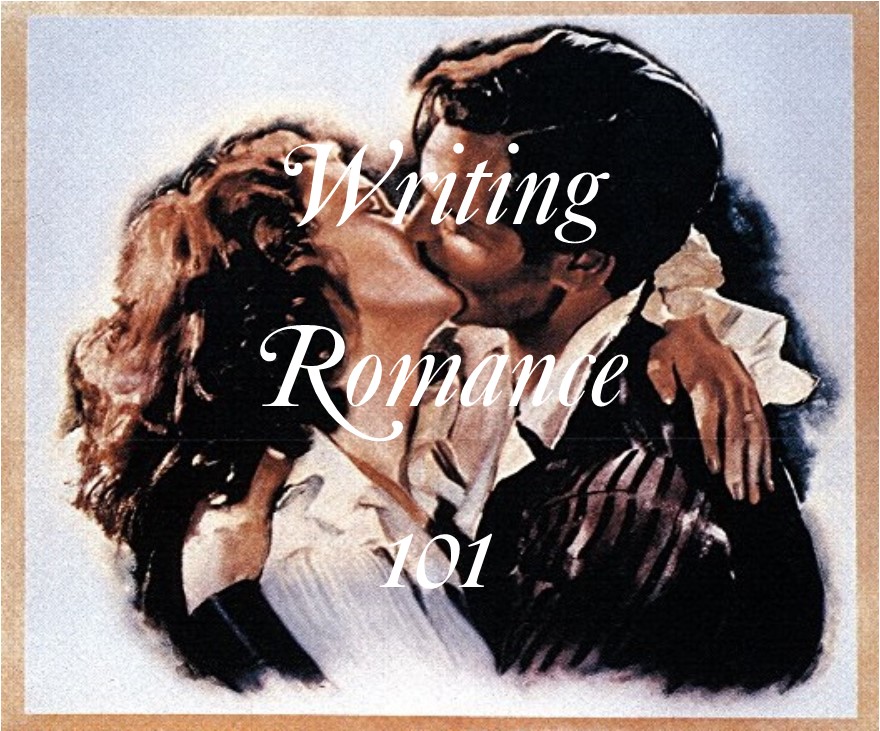
DON’T GO BREAKING MY HEART
Romance readers’ expectations: Finding the best setbacks and obstacles for my couple to overcome is one of my greatest…
February 23, 2025
Romance readers’ expectations: Finding the best setbacks and obstacles for my couple to overcome is one of my greatest…
February 23, 2025
All fiction readers come to their chosen stories with certain expectations. A mystery reader expects a puzzle to solve.…
November 23, 2024
Plotter or Pantser? Or Plottser? Outline or just start writing? Index cards or story map? The Hero’s Journey or…
May 23, 2024
Once upon a time, when I was new to fiction writing, I brought a chapter to my weekly workshop/critique…
February 23, 2024
Writers Chat, hosted by Johnnie Alexander, Brandy Brow, and Melissa Stroh is the show where we talk about all…
February 15, 2024
I recently attended a conference where one of the speakers talked about how, because of cultural and societal shifts,…
May 23, 2023
I’m sure you’re aware of all the Christmas romance movies that Hallmark airs on television before Thanksgiving into the…
December 23, 2022
Upon doing a search for romance novels that include a masquerade, I found that many romance novels include the…
October 23, 2022